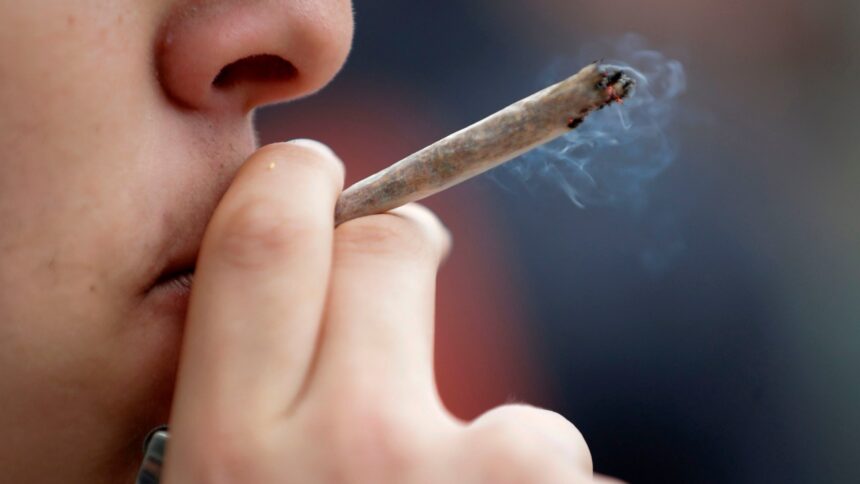For the first time in history, marijuana has surpassed alcohol in daily use amongst Americans, according to a new study
Research published earlier this week in the monthly peer-reviewed scientific journal “Addiction,” showed that more than 17.7 million Americans used marijuana daily or near-daily in 2022 as compared to 14.7 million who reported drinking alcohol at the same rate.
Far more people consume alcohol than cannabis, research showed, but “high-frequency” drinking is less common. In 2022, the “median drinker” reported drinking on 4 to 5 days in the past month, compared to 15 to 16 days in the past month for the median cannabis user.
Regular cannabis use still pales in comparison to daily use of cigarettes, researchers noted. More than 24.1 million people smoked cigarettes daily or near-daily compared to the 17.7 million Americans who used cannabis regularly.
The research also showed that older Americans are using more regularly than younger.
“In 2022, people 35 and older accounted for (slightly) more days of use than did those under the age of 35,” the study notes.
As of 2024, 24 states and the District of Columbia have legalized recreational marijuana use, according to the Pew Research Center. Another 14 states allow for medical use only.
Last week, the U.S. Department of Justice proposed new regulations that would designate cannabis a Schedule III drug, rather than its current designation of a Schedule I drug. Cocaine, methamphetamine and fentanyl are among the drugs that have received the Schedule II designation.
Schedule I drugs are those with the highest potential to create dependency issues and are considered to have “no currently accepted medical use.” The DOJ decision cites the use of marijuana in the medical field as one of the reasons it warrants reclassification.
The recently published research concluded that long-term trends in cannabis use have paralleled cannabis policy changes, with declines during periods of “greater restriction and growth during periods of policy liberalization.”
But researchers stressed that changes in laws regarding cannabis can’t be definitely attributed to the rise in use.
“Both could have been manifestations of changes in underlying culture and attitudes. However, whichever way causal arrows point, cannabis use now appears to be on a fundamentally different scale than it was before legalization,” researchers wrote.
To read the full study and read more about the findings and methodology used, click here.











